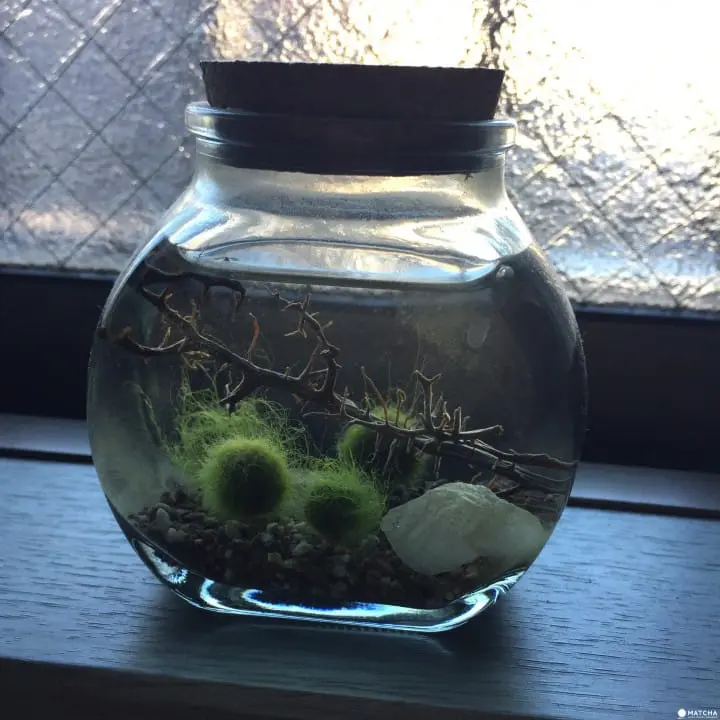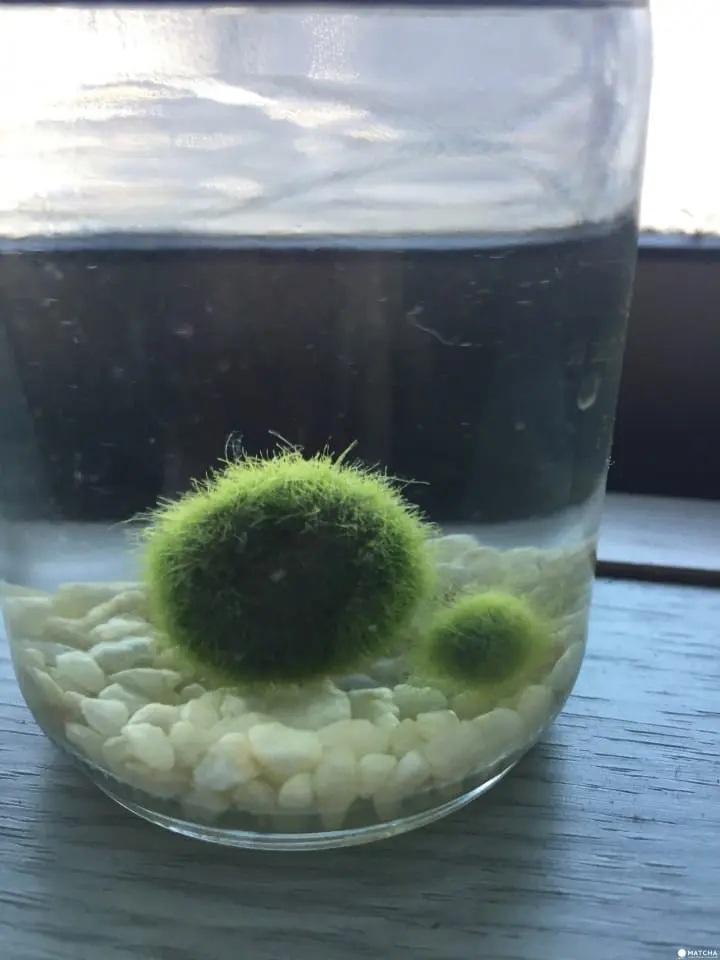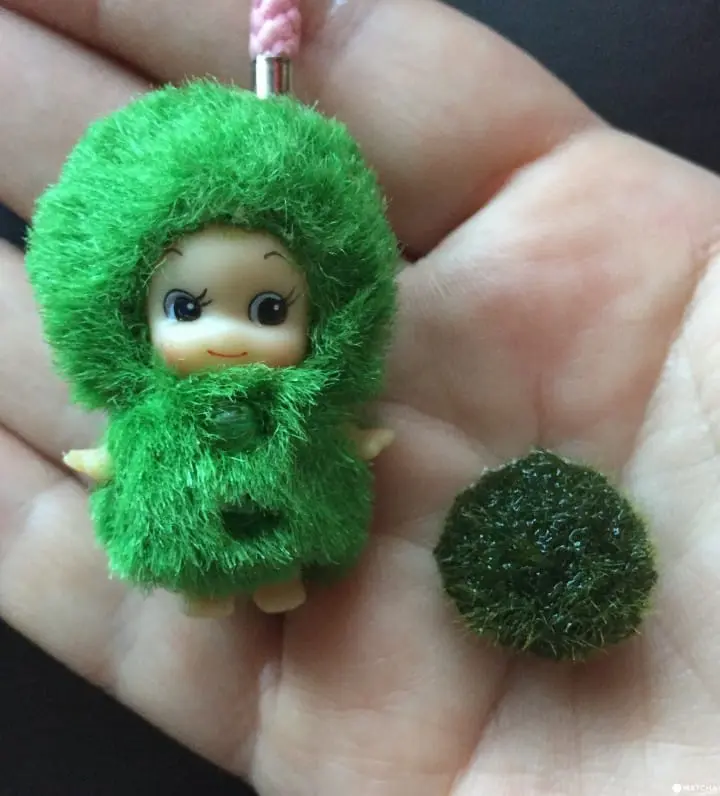Marimo - A Cute and Truly Unique Souvenir From Japan

Would you like to take a piece of Japanese nature back home with you? Marimo, the little green algae balls, would make the perfect, 'living' souvenir of your trip to Japan. This article explains what they are and how they can be purchased!
What's a Marimo?

Marimo, or 'ball seaweed', are a type of filamentous green algae that are mainly found in lakes in the northern regions of the world. In English, marimo are often called "lake balls" or "moss balls", but are themselves actually quite a rare phenomenon. These balls of algae are formed by the motion of the water and can grow from being a half-centimeter in diameter all the way up to nearly basketball sized marimo when left in the wild.
Where Can You Find Marimo?
Restricted to northern regions, marimo were only found in Japan, Iceland, Estonia and Scotland before, but in 2014 some were also discovered in Australia, which is very unusual indeed. To find marimo in Japan, you have two options: a trip to Hokkaido, or by visiting a department or variety store.
Hokkaido is Japan's northernmost island; to the northwest of Sapporo, Hokkaido's largest city, is where you will find Lake Akan. It takes about four and half hours by car to drive there from Sapporo, or you can take a flight from Tokyo's Haneda airport to Kushiro Airport, (which will take one and half hours), then take the Lake Akan bus or drive one hour to Lake Akan.
Wild marimo have been a protected species in Japan since the 1920's and are recognized as an Important Cultural Property in Japan, while Lake Akan itself is registered as one of Japan's protected wetlands as well. Not only that, but marimo are also an important part of Japan's indigenous culture.
Every October a two to three day long Marimo Festival is held by the Ainu people of Hokkaido and the surrounding area. The Ainu are the indigenous people of Japan; living in different regions of the north, each tribal group has its own unique dances and beliefs. According to traditional belief, marimo are said to resemble the world itself; each side must given light in order to grow, and a balance is needed for it to maintain itself. In this festival the marimo are brought from and back to the lake, and numerous traditional Ainu dances and processions take place. To be able to see Ainu dances, let alone those of many different groups together, as well as their traditional costumes is a once-in-a-lifetime opportunity that you won't want to miss.
To learn more about Hokkaido and its many wonderful sightseeing spots, please take a look at: Hokkaido Guide: Access, Sightseeing, Souvenirs, Weather and More! and Hokkaido Exclusive: 5 Must See Festivals.
If you are going to be in Japan but don't have the time to make the trip to Hokkaido, then you may find formed marimo sold seasonally, especially in the summer at variety stores like Tokyu Hands, Loft and sometimes Don Quijote. Otherwise, pet stores specializing in fish or aquatic creatures and some specialty gardening shops might have marimo for sale all year round - if you happen across one during your travels, take a look and see if you can spot any marimo!
Marimo as Souvenirs of Your Trip

As a protected species, wild marimo cannot be purchased in any shape or form, but that doesn't mean that you cannot have your very own marimo. At the Lake Akan tourist information center and other stores in Hokkaido, you can purchase marimo that have been formed from free-floating filaments, rather than those formed naturally by the lake. These are not considered a protected species and make a very interesting souvenir.
Being a plant, an algae, some might wonder whether or not they will be stopped by customs overseas - but after spending several weeks online and on the phone, I am happy to report that, so long as you declare what the marimo is, U.S. Customs and Border Protection, Canadian Food Inspection Agency and Fisheries and Oceans Canada, and Customs and the UK's HM Revenue and Customs, there are no restrictions on bringing formed filament marimo into the US, Canada or the UK. For other countries, you will need to contact your customs agency to confirm their stance on marimo.

If you don't want to risk it though, there are also some really cute marimo characters you can purchase instead, like this Hokkaido limited Kewpie doll dressed like a marimo, or even a Hello Kitty dressed up like a marimo too.
Writer, translator, designer, weirdo.





































